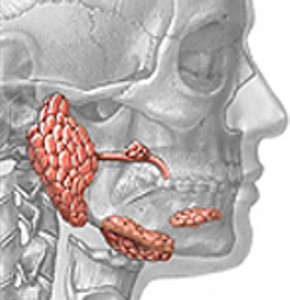Promising new Parkinson's Disease drug
TriCities.com - Parkinson's patients are hoping a promising new drug will help them get the most out of their current medications. Those medications often bring complications to Parkinson's patients but a non-dopamine drug may be able to help smooth things out.
Terry Bogard's clarinet has been a hobby for years. He's determined that his parkinson's Disease won't rob him of his music.
Terry Bogard said, "gradually, as it's gotten worse, my left hand is less able to, particularly my little finger, operate the keys that they're supposed to."
That's pretty common for patients taking the standard treatment for Parkinson's, Levodopa.
Dr. Robert Hauser said, "the problem is with levodopa it's a medication that gets absorbed, peaks, and is cleared. So we're trying to take a target that we'd like to have nice and smooth and we're usually a bullet that goes up and down to shoot at that target."
When the fluctuations are mild, doctors can move the Levodopa closer together, or add other dopamine medication. but Doctor Hauser is studying a non-dopamine drug to help
Preladenant is in the category called A2A or adenosine 2A inhibitors. And what these medications do is they interact with the dopamine system in the brain but they're unique and different because they're not dopamine.
Terry, who spent his career in clinical research, was happy to travel to take part in Doctor Hauser's study.
Dr. Hauser said, "this drug interacts with that dopamine system past where dopamine does its thing and it tends to move the system back toward normal. So it does have a more prolonged effect uh but it works right now we think in concert with levodopa. So you still have the fluctuations from levodopa but overall it helps smooth out that clinical response."
The Phase 3 study of Preladenant is underway now at multiple sites (find them at http://clinicaltrials.gov/ct2/show/nct01155479).
Doctor Hauser says if all goes well with FDA approval, perhaps as soon as two to three years from now, it will be the first non-dopamine treatment for Parkinson’s Disease.


 Of those people with Parkinson's Disease, 29% had no complaints at all with saliva control, 43% of them experienced accumulation of saliva or only nocturnal (nighttime) drooling, and 28% had diurnal (daytime) drooling. Most of those that had daytime drooling had
Of those people with Parkinson's Disease, 29% had no complaints at all with saliva control, 43% of them experienced accumulation of saliva or only nocturnal (nighttime) drooling, and 28% had diurnal (daytime) drooling. Most of those that had daytime drooling had